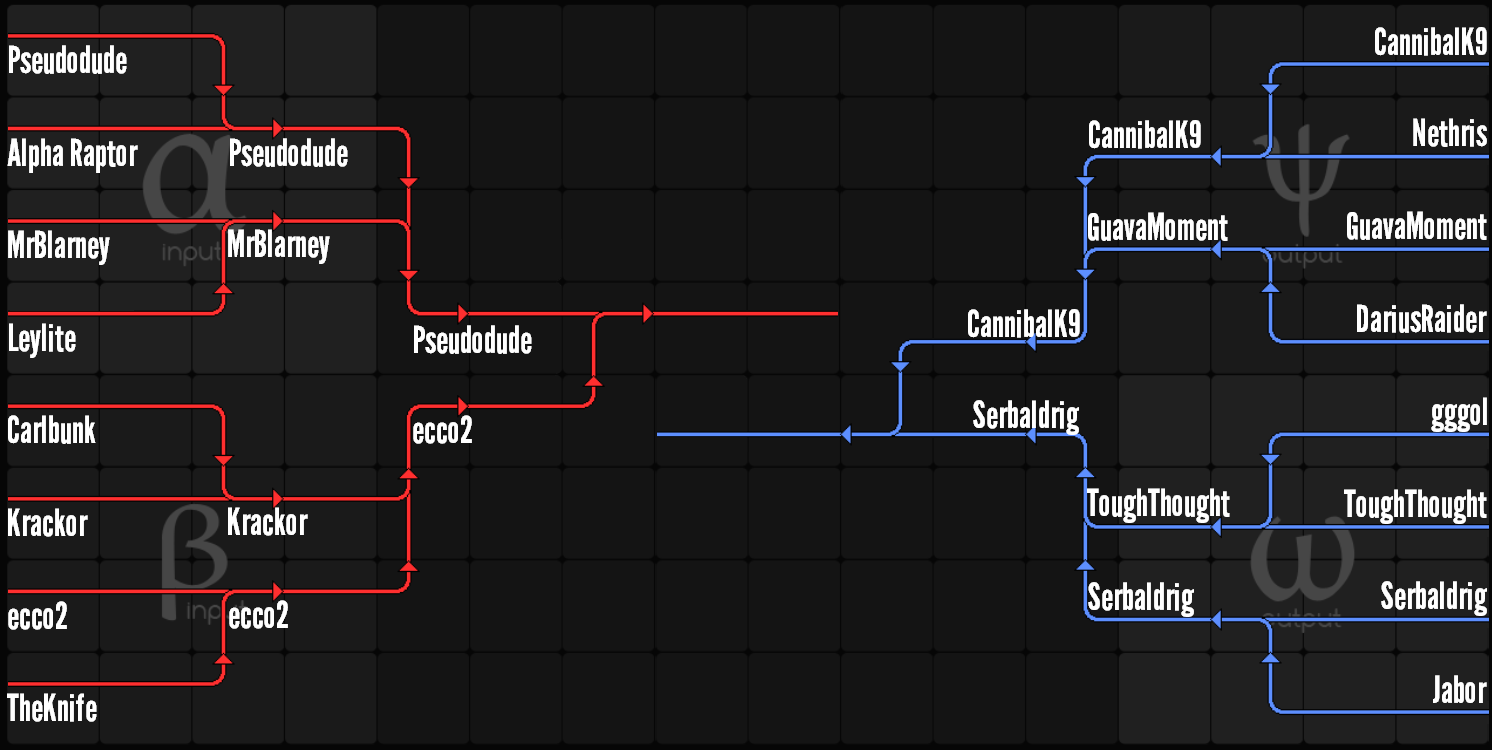
Leveraging this, we were able to roll out SpaceChem in a few phases: Almost every person who reads about your game on a computer is capable of buying and playing the game within a few clicks. The barrier to entry is extremely low compared to similarly “open” platforms like the Apple App Store and Xbox Live Indie Games.
#IT TAKES THREE SPACECHEM PC#
The PC was the best possible platform for a game like SpaceChem. Although this clearly wouldn’t work for “serious” game developers, it allowed us to break into the games industry with a good deal of momentum and no fear of failure!
#IT TAKES THREE SPACECHEM SOFTWARE#
This allowed us to rely almost entirely on profit sharing for compensation.īy working with international contractors to fill our talent gaps and using free tools and software wherever possible, the non-time investments to bring SpaceChem to market were small and low-risk. Although some players find this intimidating, others find it intensely rewarding and discover a sense of ownership in their solutions not found in other games, quickly propelling SpaceChem into “favorite game” territory.Īlthough it’s not as sexy as full-time independent game development, most of the people who worked on SpaceChem did so in their spare time while holding full-time jobs outside of the games industry.

In some ways this makes puzzle design easier, as it avoids the chicken-and-egg problems that arise when designing a puzzle and its solution simultaneously.Īn exciting side-effect of creating puzzles this way is that they end up being more open-ended and start to resemble the kind of problems that engineers and designers face in real life.

Because of this, we were able to design almost all of the puzzles without knowing how they might be solved, focusing instead on making sure that each challenge was logically unique and could not be solved by repeating a previous solution.Īfter playtesting the levels, we reordered them, removed logical “duplicates”, and filled “gaps” to create a fairly linear (albeit steep) difficulty curve. The standard gameplay “formula” for SpaceChem is to give the player a set of tools (instructions and reactors), a challenge with a clear end condition (create molecules X, Y, and Z), and an empty area in which to create a solution. We Created Open-Ended PuzzlesĪlthough we made a lot of questionable development decisions, the game’s open-ended puzzles are unquestionably the biggest thing we did right without them, SpaceChem would not be SpaceChem! The Codex of Alchemical Engineering, the predecessor to SpaceChem. I started developing the game in my spare time with a coworker from my day job, eventually growing the team to seven people before shipping SpaceChem. The idea evolved over the next six months, picking up a cosmic horror story with boss battles in the process. Thinking back to the idea for a chemistry-inspired Codex sequel, it occurred to me to combine the low-level manipulations of the Codex with a high-level pipeline construction mechanic. Despite this, making immediate sequels is not in my nature, so I set the idea aside and moved on.Ībout a year later I visited Gas Works Park in Seattle and was inspired by its derelict chemical processing pipeline. Since Codex was already a simplified model of molecular bonding, expanding into chemistry proper would provide more mechanics (such as multiple bonds between atoms) and puzzles (different compounds, from simple ones like water to more complicated ones like benzene).


Shortly after releasing The Codex of Alchemical Engineering, a Flash game about building machines that create and transform alchemical compounds, I started thinking about a chemistry-themed sequel.


 0 kommentar(er)
0 kommentar(er)
